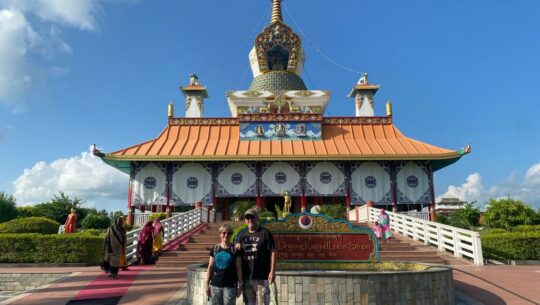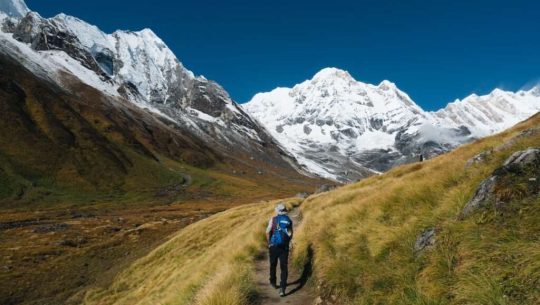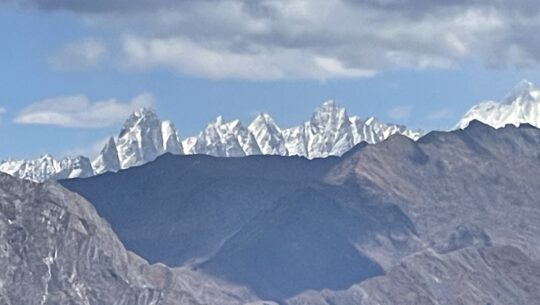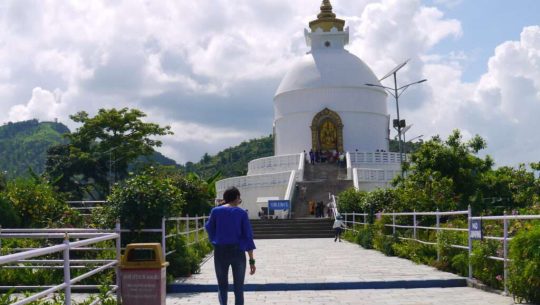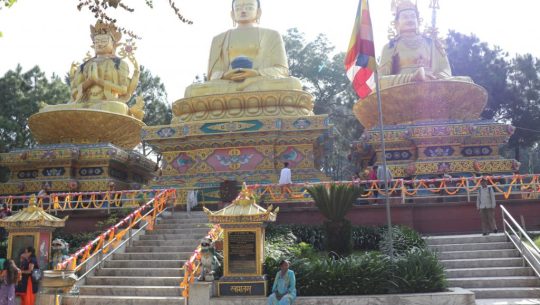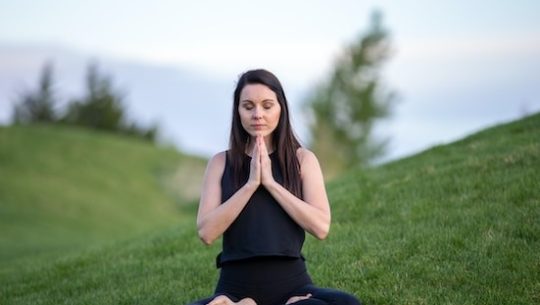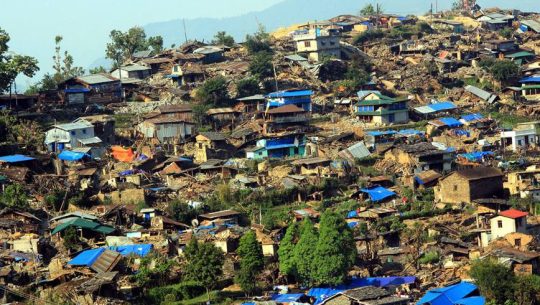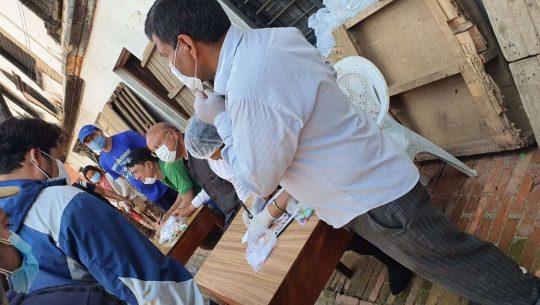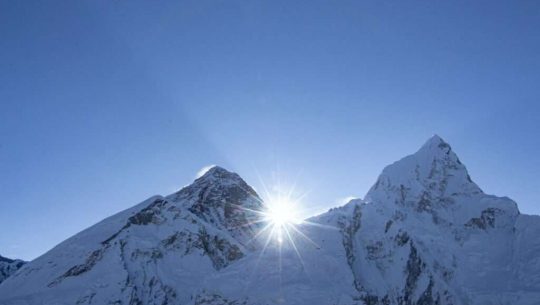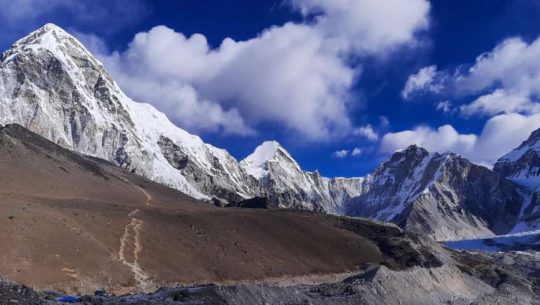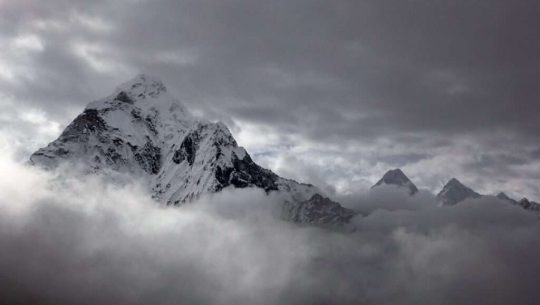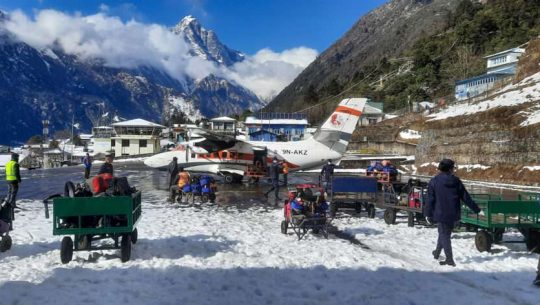Explore the Must-Visit Buddhist Heritage Sites in Nepal with Robinson Crusoe Holidays: Nepal, the birthplace of Lord Buddha, is where Buddhism flourished. More than just a religion, Buddhism is often described as a way of life or a spiritual tradition, deeply rooted in philosophy and practice.
A Brief History of Buddhism in Nepal
Siddhartha Gautama, known as Buddha, founded Buddhism. Born in Lumbini, Nepal, he achieved enlightenment in Bodh Gaya, taught his first Dharma in Sarnath, and reached Parinirvana in Kushinagar. These sites are among the most significant pilgrimage destinations for Buddhists worldwide.
Buddhism, characterized by beliefs in karma and reincarnation, comprises three main sects: Theravada, Mahayana, and Vajrayana. Central to Buddhism are the Four Noble Truths, the Three Universal Truths, and the Noble Eightfold Path. These teachings guide practitioners towards enlightenment and inner peace.
Despite its origins in Nepal, Buddhism is a global religion, with about 10% of the world’s population practicing it. Countries with significant Buddhist populations include Nepal, Tibet, Japan, South Korea, and many others across Asia, as well as communities in Europe, America, and Australia.
Buddhism in Nepal
Nepal, a secular state, predominantly practices Hinduism, but Buddhism has a significant presence. Buddhism began in Nepal during the Kirant Dynasty and expanded during the reign of Emperor Ashoka through Indian and Tibetan missionaries. Today, thousands of Buddhist shrines, from ancient monuments to modern monasteries, are scattered across the country.
Here are some must-visit Buddhist heritage sites in Nepal for pilgrims and travelers alike, offering spiritual rejuvenation, cultural insights, and serene beauty.
1. Bouddhanath Stupa
Bouddhanath Stupa, the largest Buddhist shrine in Nepal and a UNESCO World Heritage site, is located near Kathmandu’s center. This iconic stupa, significant to Tibetan Buddhism, is a hub for those eager to learn about Tibetan culture and history. Built during the 5th century and renovated after the 2015 earthquake, Bouddhanath Stupa’s structure symbolizes the five elements and the path to Nirvana.
2. Swayambhunath Temple (Monkey Temple)
Swayambhunath Temple, also known as the Monkey Temple, sits atop a hill in Kathmandu. This ancient stupa, believed to be self-risen, offers panoramic views of the valley. Visitors can climb 365 steps to reach the temple, where they will find a massive “Vajra” and other Buddhist monuments. This UNESCO site combines cultural significance with stunning landscapes.
3. Namobuddha Monastery
Located 38 kilometers east of Kathmandu in the Kavre district, Namobuddha Monastery is a significant Buddhist pilgrimage site. Legend says that 6000 years ago, Prince Mahasatwo, a previous incarnation of Buddha, sacrificed himself to a starving tigress here. The monastery offers tranquility and breathtaking Himalayan views, making it ideal for meditation and spiritual learning.
4. Lumbini
Lumbini, the birthplace of Buddha, is one of Buddhism’s four main pilgrimage sites. The Mayadevi Temple, marking Buddha’s birthplace, is a UNESCO World Heritage site. Lumbini is a serene garden with monasteries from various countries, each unique in its architectural beauty. Key attractions include the Eternal Peace Flame, the Royal Thai Monastery, and the World Peace Pagoda.
5. Kopan Monastery
Kopan Monastery, located on the outskirts of Kathmandu, is a Tibetan Buddhist monastery founded by Lama Thubten Yeshe. This monastery, home to 360 monks, offers retreats and courses on Tibetan Buddhism. The serene environment, stunning architecture, and panoramic Himalayan views make it a must-visit for those interested in Mahayana Buddhism.
6. Pharping
Pharping, a Newari town 16 kilometers southwest of Kathmandu, is rich in Buddhist heritage with shrines like Neydo Tashi Chöling Monastery and Benchen Sungrab Gyunpel Khang. The Asura and Yanglesho Caves are particularly significant as places where Guru Padmasambhava attained enlightenment. The town offers a blend of natural beauty and spiritual significance.
7. Tengboche Monastery
Tengboche Monastery, situated in the Khumbu region at 3,876 meters, is the largest monastery in the area. This Nyingmapa monastery is significant for its unique Vajrayana Buddhist practices. Visitors trekking to Everest often stop here for blessings. The monastery, surrounded by Sagarmatha National Park, offers spectacular views of Everest and other Himalayan peaks.
8. Mustang
Mustang, the last nomadic forbidden valley, is a mystical place in the Trans Himalayan Region known as the desert of Nepal. Mustang, meaning “Plain of Aspiration,” is divided into Upper Mustang (Lo) and Lower Mustang (Mustang).
This cabalistic land is famous for its unique geography, abundant caves, and numerous monasteries. Known as the “Tibet of Nepal,” Mustang is an important Buddhist pilgrimage site. It features around 1,000 caves, including monasteries, hiding places, homes, and sites for keeping the dead, reflecting its historical significance.
Key Monasteries in Mustang:
- Lo Gekar Monastery: The oldest monastery in the Upper Mustang, founded by Guru Padmasambhava Rinpoche, where Tibetan Buddhism officially began.
- Jampa Lhakhang: The oldest Shakya monastery, built in the 14th century, featuring 108 unique paintings.
- Thubchen Gompa: A 15th-century monastery with elegant paintings of Buddhist guardians.
- Ghar Gompa: Built in the 8th century by Guru Padmasambhava Rinpoche, it is significant for its cultural and natural richness.
- Namgyal Monastery: The largest monastery in Mustang, reflecting Shakya Buddhism, founded in the 15th century.
- Charang Monastery: A significant Gelung sect monastery from the 16th century with the Medicine Buddha Mandala murals.
- Kag Chode Thupten Samphel Ling Gompa: Also known as Kagbeni Monastery, founded in 1429 AD.
- Jwala Mai (Salambar Dolamebar Gompa): A fire gompa with a natural gas flame, sacred to both Buddhism and Hinduism.
- Marpha Monastery (Tashi Lha Khang Gompa): Built around 200 years ago, belonging to the Karma Pa sect.
- Luri Gompa: A cave monastery of the Nyingma-Kargyupa sect with mandala paintings and Thangkas.
- Nyiphuk Cave Monastery: The largest cave monastery in the Upper Mustang.
- Chungsi Cave: A naturally built shrine where Guru Padmasambhava Rinpoche meditated.
- Tashi Chhoeling Gompa: A 571-year-old Sakya Pa monastery in Ghiling.
- Lo Geme Shad Drup Darkeling Gompa: Built-in 1414 AD, reflecting the Sakya Pa sect.
- Lo-Ghyakar Gompa: A Ngingpa sect monastery dating back 1200 years.
- Chhyode Gompa: A Sakya Pa monastery established in 1757 AD in Lo Manthang.
- Chhujung Gompa: A Sakya Pa sect monastery in Lo Manthang, hosting the annual Tiji Festival.
- Thukten Dharkelin Gompa: A 1000-year-old shrine in Namgyal, belonging to the Ngor Pa sub-sect.
- Garghu Dhejing Chhyoling Gompa: A 500-year-old Nyingma Pa monastery in Chhoser.
9. Humla
Humla, often known as the hidden gem of Nepal, is a remote district with spectacular natural beauty and unique cultural diversity. It borders Tibet and is a significant religious site for both Hindus and Buddhists. Humla features many crystal-clear lakes, rivers, and the majestic Himalayas, enriched with Buddhist monasteries.
Key Monasteries in Humla:
- Ralling Gompa: The oldest and most significant Nyingmapa sect monastery in Humla.
- Halji Renchiled Gompa: A 1000-year-old Kargyupa sect monastery with monuments and paintings of Buddhist deities.
- Zang Phelgye Ling Monastery: One of three monasteries in Limi Valley, built in the 13th century.
- Weltse Rinchen Ling Monastery: The central monastery in Limi, established in the 10th century.
- Til Kunzom Dhongag Choling: A 12th-century monastery with a statue of Shakyamuni Buddha.
- Namkha Khyung Dzong: One of the main Nyingma monasteries globally, also known as Yalbang Monastery.
Besides these, Humla hosts several other beautiful Buddhist shrines such as Yansi Monastery, Chimik Gumba, Nyotad Gumba, Kunjuma Gumba, Tungar Chyojong Gumba, and Tsang Dojam.
10. Dolpo
Dolpo, located in the mid-western part of Nepal, is one of the most remote regions in the country. It is a hidden land explored by Guru Rinpoche and introduced to Buddhism by Drutup Yeshe. Dolpo is rich in natural beauty and cultural heritage, hosting several significant Buddhist stupas.
Key Monasteries in Dolpo:
- Ribo Bhumpa Monastery: A Nyingma Pa sect stupa, over a thousand years old, located in Dho Tarap Village.
- Yangtsher Gompa: The oldest monastery in Dolpo, belonging to the Nyingma Pa
Our service for our guest
Multi-day Tour
Yoga Tour in Nepal Brief Insight
Yoga physical is a mental and spiritual practice or discipline which originated in ancient Nepal. Yoga is one of the six Astika (orthodox) schools of Hindu philosophical traditions. Yoga Tour in Nepal is a great experience in the Himalayas.
Outline Itinerary
- Day 1: Arrive in Kathmandu or your Destination
- Day 2: Visit Buddhanilkanth, Kapan and Bauddha Nath
- Day 3: Visit Namobuddha, Panauti and Bhaktapur
- Day 4: Visit Chovar, Pharping, Kirtipur and Swyambhu
- Day 5: Drive from Kathmandu to Pokhara and explore
- Day 6: Explore Pokhara then Drive from Pokhara to Kade and hike to Australian Camp
- Day 7: Trek from the Australian camp to Sarankot via Kaski Kot
- Day 8: Sarankot to Pokhara then back to Kathmandu
- Day 9: Final departure
Everest Region
Please go to our Plan Trip or Customize Trip according to your time duration and schedule.
Therefore, Robinson Crusoe Holiday is always ready to provide excellent services for our guests. Based on our cultural motto “Matri Debo Bhaba, Pitrii Debo Bhaba, Atithi Debo Bhaba.” Thus, the Mother is a God, the Father is a God, and the Guest is a God.

